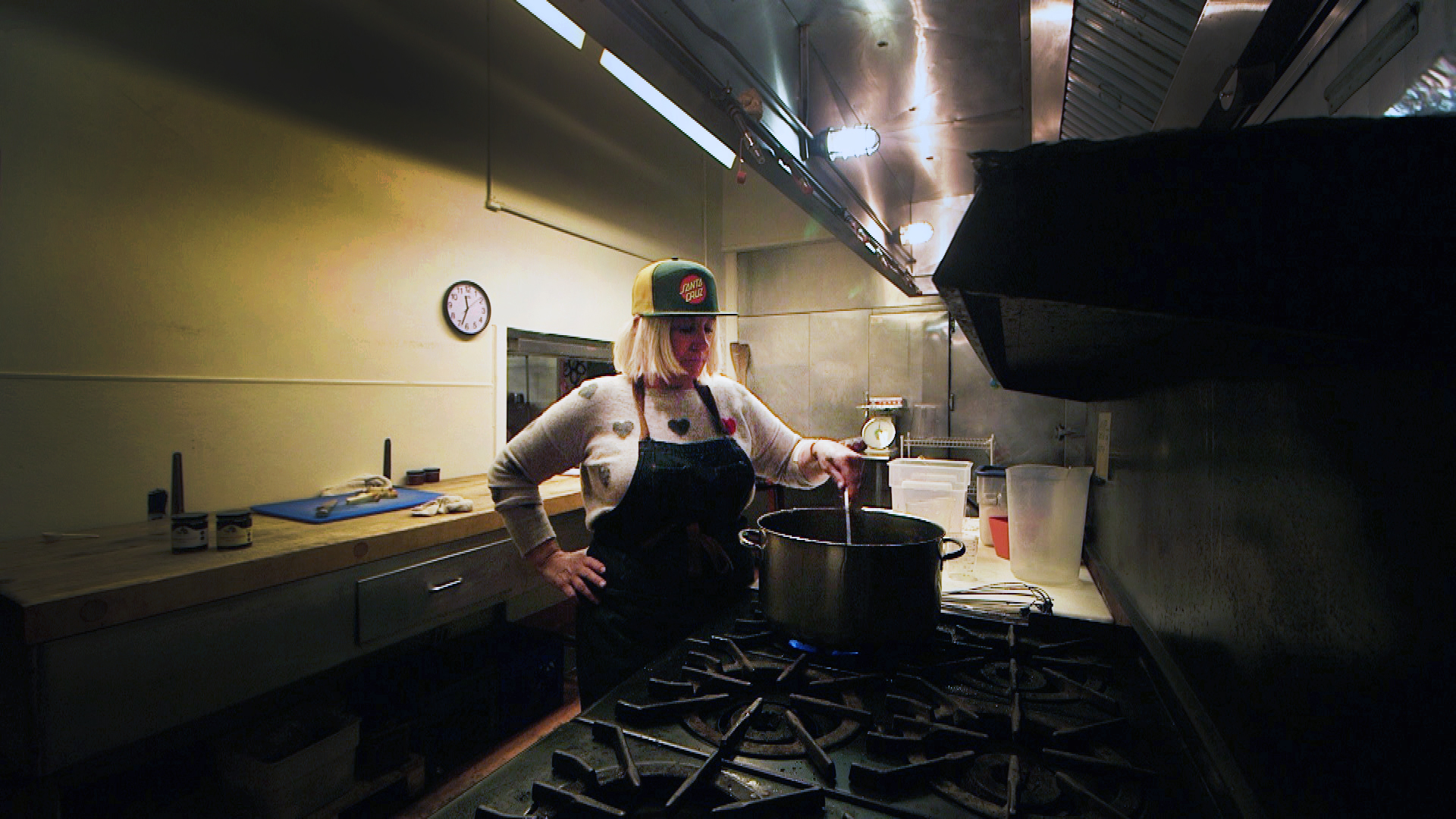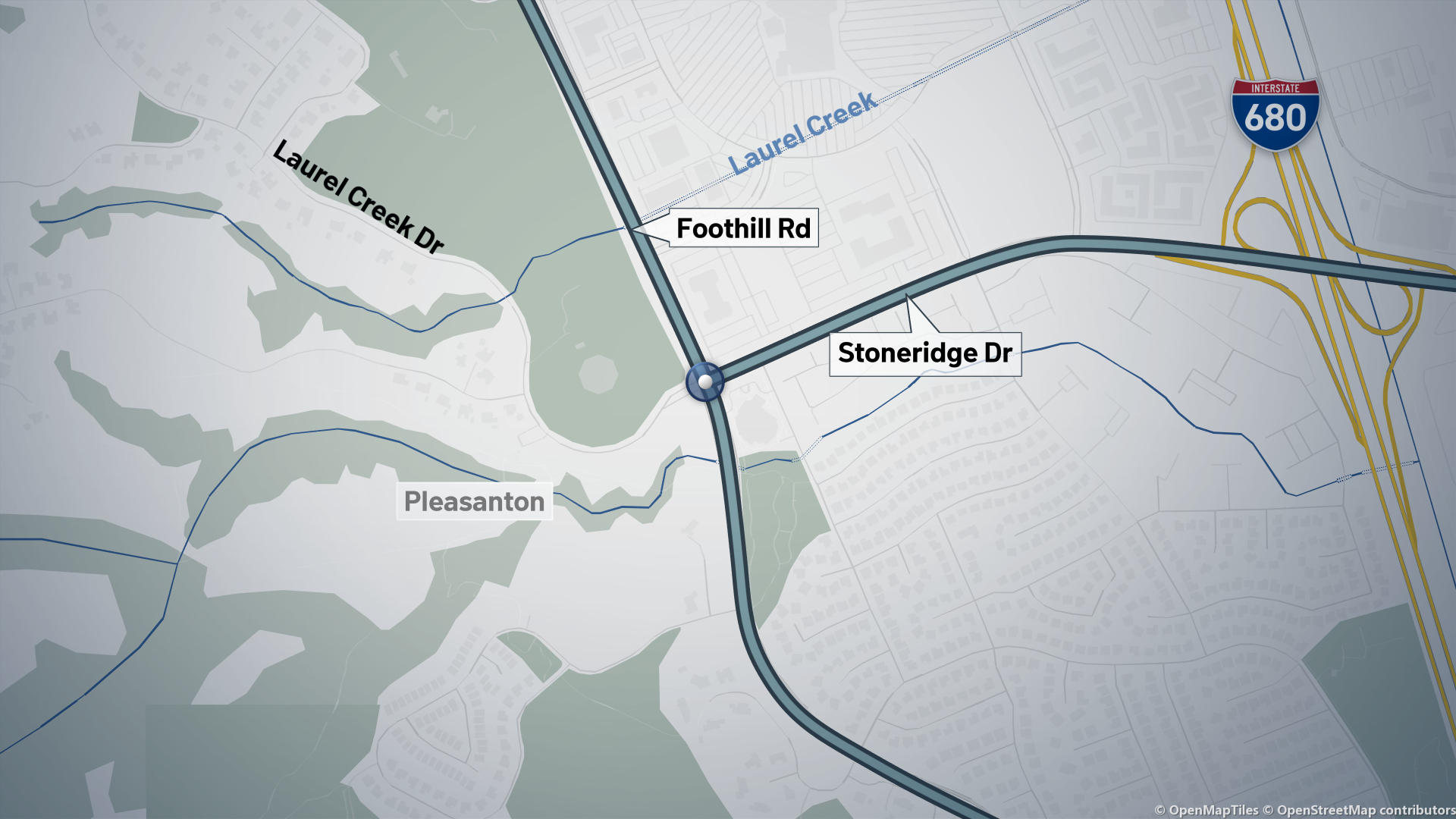“No one who works full-time should have to live in poverty.”
That simple statement made by President Obama during his 2013 State of the Union speech has ignited a firestorm of debate over raising the minimum wage.
Congress has yet to pull the trigger, as concerns mount about the impact of such a policy on jobs and the economy.
California passed its own minimum wage increase last fall that will be phased-in over the next three years.
But San Jose’s Measure D, passed with 60 percent voter approval in November, provided an immediate jolt to local minimum wage workers -- a jump from $8 to $10 starting in March of 2013 -- and positioned San Jose squarely in the center of the national debate.
What would the wage hike mean for businesses, hours and jobs, wondered both critics and supporters?
“In my restaurant, it affected everybody,” confessed George Nobile, owner of Vito’s Trattoria in San Jose, an advocate for bumping up the minimum wage who points out that Measure D could have been written more effectively.
Local
Nobile said the only people employed at his restaurant who make minimum wage are those on a ‘variable compensation’ schedule, such as servers, who collect much of their income from tips.
But the law does not take that sort of pay structure into account, meaning that the servers received a rise in base salary -- along with every member of Nobile’s staff, putting a crunch on the bottom line.
“When I did the slide of the scale, gave everybody their appropriate raises which I felt they were worth over minimum wage -- it cost me something to the tune of about $56,000 a year,” Nobile said.
Instead of passing the costs along to consumers or cutting back on his employees’ hours, Nobile decided to absorb the losses.
“Basically, it just came out of my cash reserves,” he said.
Does Nobile’s approach represent the exception…or the rule?
Michael Saltsman, research director for the D.C.-based Employment Policies Institute, told NBC Bay Area that his think tank, which “focuses on policies that impact the entry-level job market,” contracted a research firm to reach out to some 1,200 restaurants in San Jose to discuss their experiences with the wage hike.
Saltsman said about two-thirds of those establishments reported raising their prices, with roughly half reducing employee hours and about 40 percent making changes to staffing.
In a discussion over raising federal minimum wage that is taking on new vigor- and opposition in some corners- Saltsman sees the San Jose data as having “a lot of relevance to the broader national debate about the minimum wage.”
San Jose is the most recent example of a municipality that’s gone to $10 an hour.
The EPI highlights the survey results as an early glance, but also a clear warning of what might ensue from raising the minimum wage elsewhere.
“This thing didn’t happen without consequence,” Saltsman said. “Whether it was a higher price, whether it was reduced hours, I think you’re seeing here what you have seen elsewhere -- which is that there is not a free lunch.”
But do the state and local economic numbers support the feedback presented by the EPI?
A number of data points from city, state and federal sources contradict the narrative that raising the minimum wage negatively impacted job creation and growth in San Jose.
To be sure, there are several caveats to take into account.
For one, looking at any single economic policy change (like a minimum wage hike) and drawing broader conclusions about its impact on the economy is, at best, an incomplete approach.
Secondly, the state and federal departments that monitor labor data produce the information for a ‘metropolitan statistical area,’ which in this case would also include the entirety of Santa Clara County and other surrounding regions.
To try and negate these obstacles, we asked for data sets and registration information from city groups and the San Jose Office of Economic Development, as well.
Here’s what we found:
- According the San Jose Downtown Association, registered businesses were up 3 percent from 2012 to 2013, but a healthy 19 percent in the retail sector, which includes restaurants
- The City of San Jose reported 75,000 businesses registered at the start of 2013 prior to the hike, and 84,000 to begin 2014, following the hike (although city officials question any connection between minimum wage policy and new business registration)
- On a broader level, the latest unemployment figures in the San Jose Metropolitan Area show the unemployment rate dropped more than 1 percent since the hike went into effect, per the California Economic Development Department
- In the sector most influenced by wage fluctuation - restaurants and hospitality - the California EDD shows more than 4,000 jobs were created year-over-year
- The most recent figures for average weekly hours for all employees in the metro area, kept by the U.S. Bureau of Labor Statistics, are virtually identical now to what they were back in March
- The BLS does not calculate such figures by industry on the metro level
We put all this information together and posed the question, where do we see the wage hike’s drag on the local economy?
“To have recovered as well as we have, despite the recession and despite the rebound is saying- mmmm, not much effect [due to the wage increase],” concluded Janice Shriver, a spokesperson for California’s Economic Development Department.
“You would have seen year-over-year losses in leisure and hospitality and in retail,” she continued, “and we’re not seeing that.”
Saltsman responded that we’re not looking at the right figures, especially given the fact that a minimum wage hike affects such a small percentage of workers.
“You can’t look at the overall growth of a city and say, well, it keeps growing so it must not have had an effect,” he said. “What you have to do is look specifically at those businesses where the impact was felt.”
Specifically, Saltsman points to younger, part-time workers who might be particularly hard hit by small changes in hours or staffing.
He said he used the most recent U.S. Census figures to calculate the unemployment and employment rates for “less-educated 16-24-year-olds in the San Jose metro area over the last three years.”
The figures indicate that among that demographic, unemployment ticked up almost 6 percent in the last couple years, although he acknowledged, “this doesn’t mean the minimum wage hike was directly responsible for the change.”
Saltsman said more robust information will be available from the U.S. Census Bureau this spring.
In the meantime?
We are left with a mound of data indicating that the minimum wage has relatively little, if any impact on job growth and hours in San Jose, though a few more months of data will provider a fuller picture.



